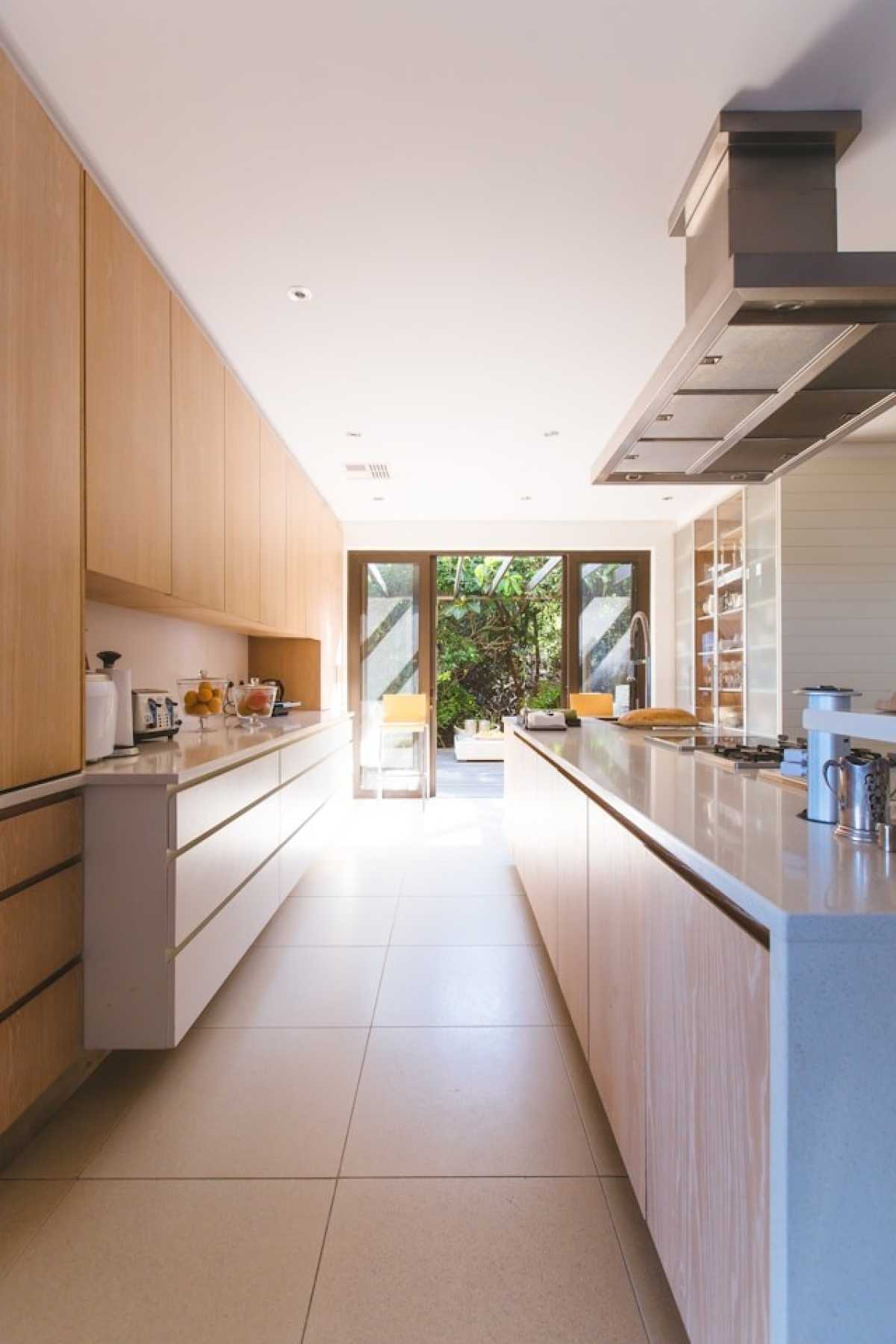6 Things You'll Need When Adding A New Room To Your Home
- - Category: Remodeling
- - 21 May, 2024
- - Views: 73
- Save

Extensions are complex at times and require a lot of work, but they pay off big time when you're cramped for space.
Home improvement projects, especially those involving the addition of a new room, can be both exciting and daunting. Expanding your living space offers numerous benefits, from increased functionality to enhanced property value. However, ensuring a smooth and successful project requires careful planning and attention to detail. This guide highlights six essential considerations for homeowners embarking on this journey.
Planning and Permits
The first step in any home extension project involves thorough planning and securing the necessary permits. Understanding local zoning laws and building codes is crucial, as these regulations will dictate what you can and cannot do. Engage with local authorities early in the process to avoid potential legal complications. Permits ensure that your construction meets safety standards and adheres to community guidelines, providing peace of mind throughout the project. They also can give you an accurate scope of how large your project potentially could get, giving you perspective on some of the choices you’ll be making down the road.
Budgeting
Creating a comprehensive budget is vital for the success of your home extension. Consider all aspects, including materials, labor, permits, and contingency funds for unexpected expenses. Consulting with a professional contractor can provide valuable insights into potential costs and help identify areas where you can save without compromising quality. Even the most thorough planning will never account for everything, so be ready for at least some unforeseen costs arising during the process. A well-planned budget prevents financial strain and keeps the project on track.
Design and Functionality
When adding a new room, the design should complement your existing home while meeting your specific needs. Collaborate with an architect or designer to create a layout that maximizes space and enhances the overall aesthetic. Consider the room's intended purpose—whether it's a bedroom, office, or entertainment area—and incorporate features that cater to its function. Thoughtful design ensures that the new addition seamlessly integrates with your home and adds value to your daily life.
Structural Integrity
Ensuring the structural integrity of your home during the extension process is paramount. An experienced contractor will assess the existing foundation and framework to determine if any reinforcements are needed. Proper structural support guarantees safety and longevity for your new room. Working with contractors like R & T Roofing and Remodeling Using will help guarantee that your extension is structurally sound and protected from outside weather. high-quality materials and adhering to construction best practices will result in a durable and resilient addition.
Utilities and Systems
Incorporating utilities and systems into your new room requires careful planning. Electrical wiring, plumbing, heating, and cooling systems must be extended or modified to accommodate the additional space. It's essential to work with licensed professionals like Knights Plumbing And Drain to ensure these installations meet current standards and operate efficiently. Properly integrated utilities enhance comfort and convenience, making the new room a seamless part of your home.
Finishing Touches
The final phase of your home extension project involves adding finishing touches that bring the new room to life. Selecting paint colors, flooring, lighting, and furnishings that match the rest of your home creates a cohesive and inviting atmosphere. Personalize the space with décor that reflects your style and preferences. Attention to detail in this stage transforms a simple room into a functional and aesthetically pleasing addition.
In conclusion, adding a new room to your home is a rewarding endeavor that requires meticulous planning and execution. By focusing on these six essential considerations—planning and permits, budgeting, design and functionality, structural integrity, utilities and systems, and finishing touches—you can ensure a successful project that enhances your living space and adds lasting value to your home.


